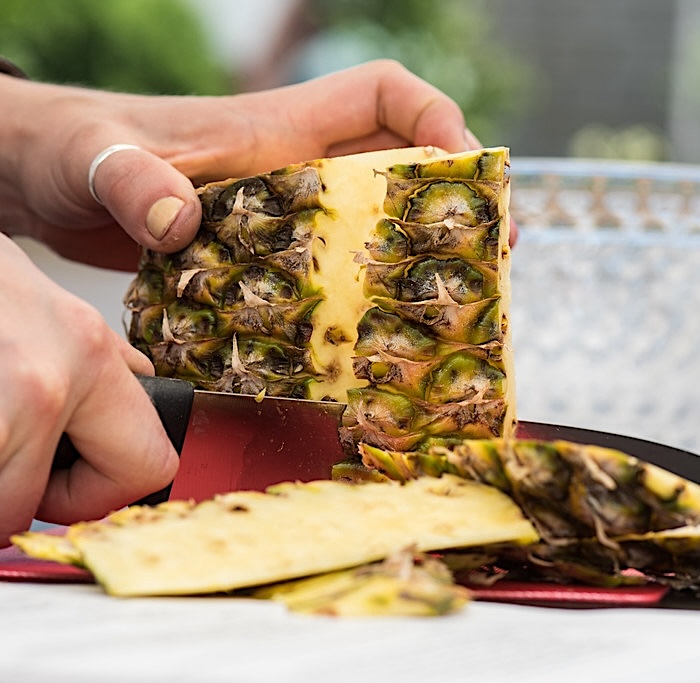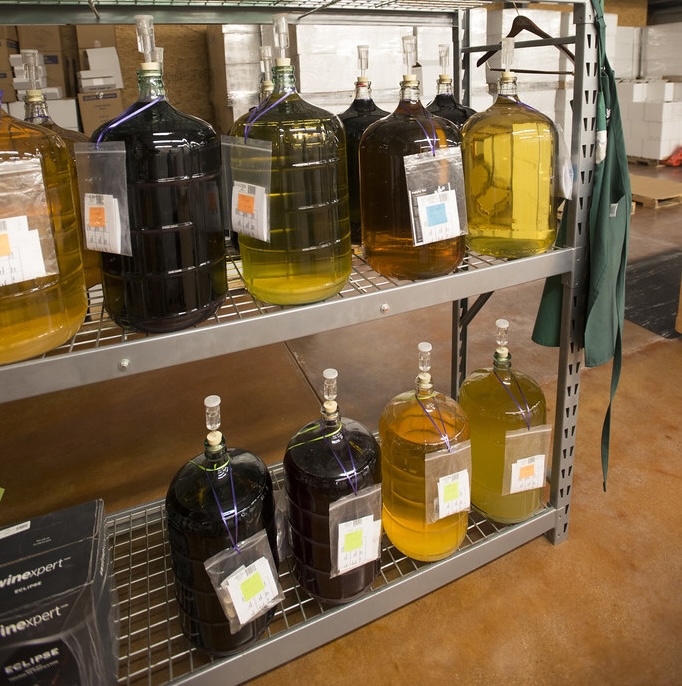One of Mexico’s most popular drinks is tepache – a traditional mildly alcoholic beverage made out of fermented pineapple rinds and sugar. Notable for its low calorie characteristics1 as a beverage and cocktail mixer as well as potential health benefits, tepache can either be purchased ready to drink (RTD) or made at home using a home brewing kit. For those who prefer the ready to drink option, De La Calle offers tepache in multiple flavors, is certified organic and climate pledge friendly. Their products also appeal to the calorie conscious. According to De La Calle’s product website, the alcohol by volume (or ABV) of their tepache typically ranges between 0.5% – 2% with only 35 calories per 12 ounce serving. Currently available flavors include pineapple spice, pineapple chili, cactus prickly pear, grapefruit lime, mango chili, tamarind citrus, watermelon jalapeno, ginger manzana, hibiscus citrus and tropical plus potentially new flavors being developed.

Homemade recipes are also widely available for those who want to make their own individualized versions. Home brewed tepache typically requires only a few ingredients and simple equipment — such as a large glass jar with a piece of clean breathable cloth placed on top to cover it. Natural or wild yeast from the ambient environment is most commonly used for spontaneous fermentation, although some brewers add wine yeast to increase alcohol levels. Alternatively, conventional spirits (like Tequila) can be combined with tepache to create higher alcohol level cocktails. Tepache’s versatility, affordability and variety of flavors can be credited for its popularity; it also contains probiotics to “potentially support the intestinal microbiome.” Probiotics are microorganisms such as live bacteria and yeasts derived from the fermentation process. The 2002 WHO “Working Group Report on Drafting Guidelines for the Evaluation of Probiotics2” defines probiotics as “live microorganisms which when administered in adequate amounts confer a health benefit on the host.” Health claims and labeling of probiotic products are discussed in section 3.5 as follows:
Excerpt from : WHO’s “Working Group Report on Drafting Guidelines for the Evaluation of Probiotics” Section 3.5. Health claims and labeling:
https://web.archive.org/web/20171007055909/ftp://ftp.fao.org/es/esn/food/wgreport2.pdf
Currently in most countries, only general health claims are allowed on foods containing
probiotics. The Working Group recommends that specific health claims on foods be
allowed relating to the use of probiotics, where sufficient scientific evidence is available,
as per the guidelines set forth in this report. Such specific health claims should be
permitted on the label and promotional material. For example, a specific claim that states
that a probiotic ‘reduces the incidence and severity of rotavirus diarrhea in infants’ would
be more informative to the consumer than a general claim that states ‘improves gut
health’. This would better comply with Codex General Guidelines on Claims (CAC/GL
1-1979 (Rev. 1-1991) to avoid misleading information.
It is recommended that it be the responsibility of the product manufacturer that an
independent third party review by scientific experts in the field be conducted to establish
that health claims are truthful and not misleading.
As an aside, it’s worth noting that just like kombucha, tepache also contains prebiotics due to the innate presence of fruit fiber. Prebiotics are basically the food source for the body’s healthy gut bacteria. Prebiotic foods include a vast range of fruits, vegetables and whole grains as well as supplements like inulin and chickory fiber.3 Given all of these advantages, it’s understandable why kombucha and tepache are popular with individuals interested in health and fitness. The ability to be make it yourself without the need for expensive equipment or ingredients is an added plus. Simple recipes such as one outlined by Eating Well4 illustrate the simplicity of ingredients and technique — ideal for novices in homebrewing.

References:
